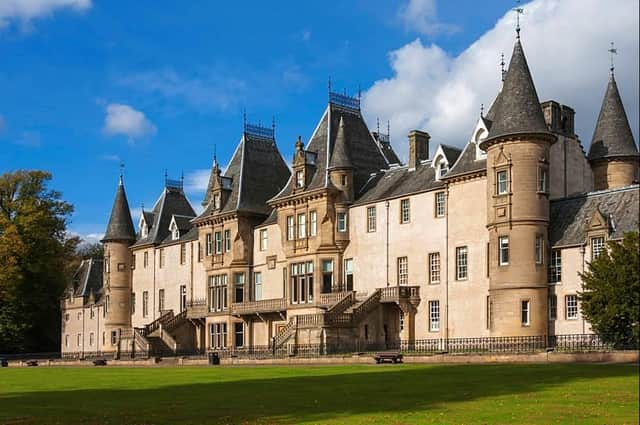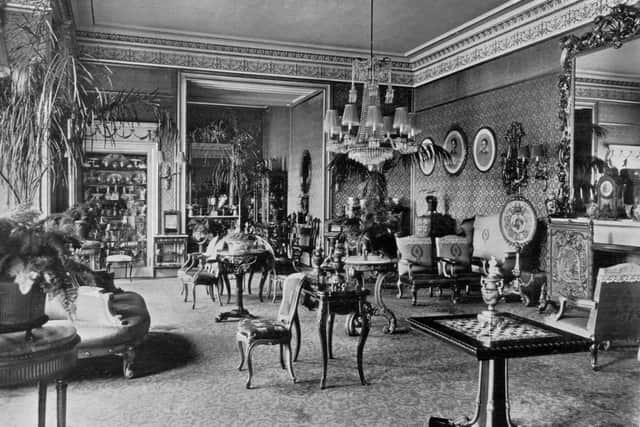Callendar House: The formidable William Forbes in Falkirk


He was not a Falkirk bairn but hailed originally from Aberdeenshire where his family were in the copper business.
Having moved to London to make his fortune, William did just that by persuading the Admiralty to buy huge quantities of copper sheeting which was used to sheath the hulls of wooden ships.
Advertisement
Hide AdAdvertisement
Hide AdNow, as was the custom, he decided to use his new wealth to buy himself a place in landed society.


It was thought polite in those days to allow the descendants of the original family to buy the property but Forbes had no time for such niceties.
At the auction he outbid his Livingston rival, the Earl of Errol, offering nearly £90,000 and when challenged to establish his bona fides he is said to have handed over a £100,000 note from the Bank of England and asked for his change!
The huge area now under his control was the second largest in Stirlingshire consisting of nearly 8,000 acres farmed by hundreds of tenants from great stretches of muir in the south to the carselands.
Advertisement
Hide AdAdvertisement
Hide AdThis was the time of agricultural improvement and Forbes with his business acumen, considerable capital and determined character set about applying the new principles.
Enclosure, drainage and crop rotation was the order of the day and there were new leases for those tenants prepared to do as instructed and the exit door for the others.
Many men were shaken from the land into working for their neighbours or in one of the growing industrial companies.
As well as multiplying the family wealth these actions brought increased prosperity to the whole district though those who suffered did not see it that way.
Advertisement
Hide AdAdvertisement
Hide AdAt his death in 1815 Forbes was one of the wealthiest men in Scotland and the unchallenged master of Falkirk and district.
He is buried in the mausoleum in the woodland south of Callendar House.
His successors carried on managing the expanding empire while at the same time playing a part in national and local affairs.
His son William served as Member of Parliament for Stirlingshire for two periods during his 40 years as head of the family but it was his son, another William, who assumed control in 1855, who began the structural changes to the house which created the building that we see today.
Advertisement
Hide AdAdvertisement
Hide AdDuring the time of the next Forbes, Charles, who took over from his father in 1914, the public had a rare chance to see inside the house when it was opened up as part of the fund raising campaign for the new infirmary in 1925.
A booklet was produced at the time and is a valuable photographic record of the house with all it fine furnishings, old master paintings and collectables, many dating back to the Livingston days.
Unfortunately the end of the Forbes occupation in 1962 brought a famous three day auction in which all of these items vanished from Falkirk and the park and building passed into the ownership of Falkirk Council.
The Forbes family did not lose their connection with the district and continued to manage the estate, but for our purposes in these articles the dynasty effectively came to an end.